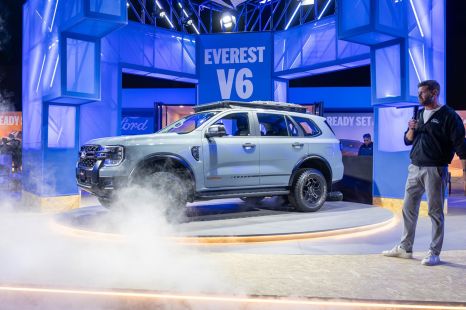

Damion Smy
Ford Everest Tremor gets 260kW V6 ‘Ranger Raptor’ treatment
49 Minutes Ago
The limited-production Lamborghini Huracan Sterrato is jacked-up and ready to go toe-to-toe with the Porsche 911 Dakar.

Contributor


Contributor
Lamborghini has taken the Huracan to new heights as it fully reveals its first “all-terrain” supercar at the 2022 Art Basel fair in Miami, Florida.
Dubbed the Huracan Sterrato, this is the final variant in the line of V10 Huracan supercars that started in 2014. Once it goes on sale it will compete against the recently-revealed Porsche 911 Dakar.
Production of the Lamborghini Huracan Sterrato will start in February 2023 and be limited to just 1499 units. Pricing hasn’t been announced yet.
Powering the Huracan Sterrato is a 5.2-litre naturally-aspirated V10 engine producing 449kW of power and 565Nm of torque.
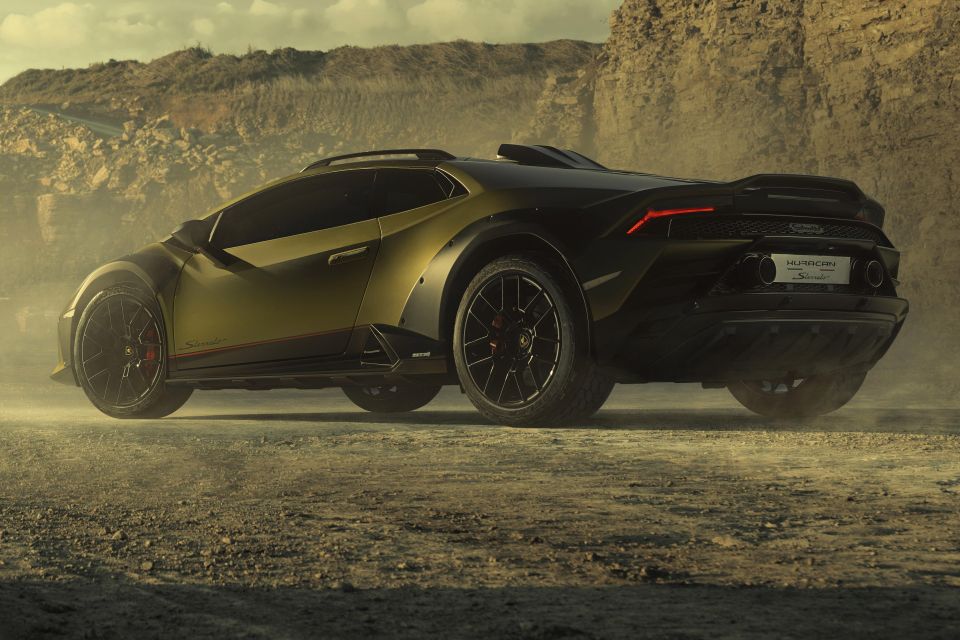
This isn’t the most powerful version of this engine, with the track-oriented Huracan STO and Tecnica producing 21kW more.
This is mated to a seven-speed LDF dual-clutch transmission with drive sent through an electronically-controlled all-wheel drive system. There’s also a rear mechanical self-locking differential.
The Huracan Sterrato comes with an updated version of the Lamborghini Integrated Vehicle Dynamics (LDVI) system, with specific ‘Strada’ and ‘Sport’ calibrations. There’s also a new ‘Rally’ mode for low-grip conditions.
Lamborghini claims the Huracan Sterrato can do the 0-100km/h sprint in 3.4 seconds, and the 0-200km/h sprint in 9.8 seconds. Flat out you’ll be doing 260km/h.
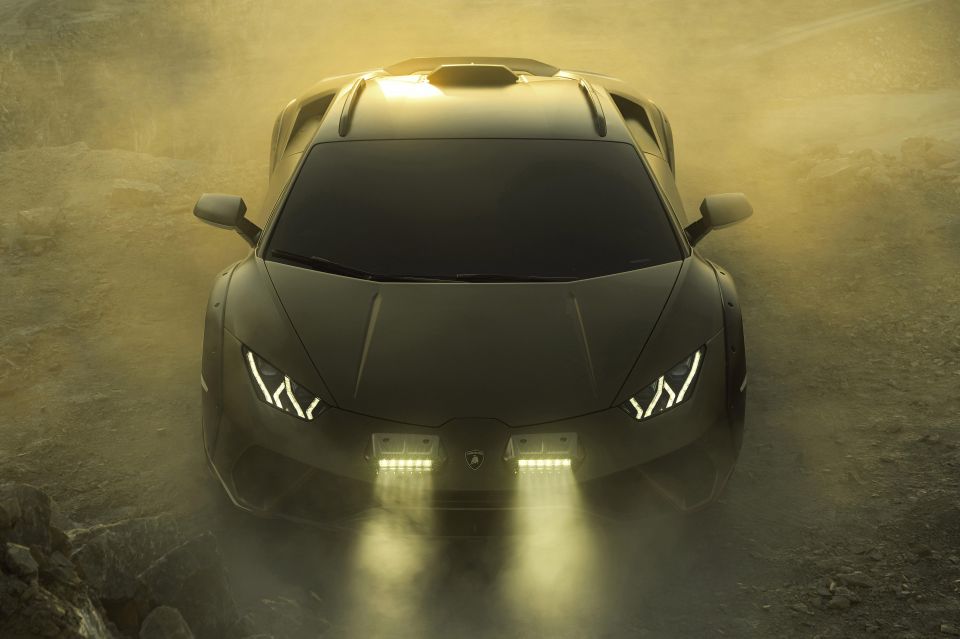
Built to offer “optimum performance on unpaved and sandy surfaces”, the Huracan Sterrato has 44mm more ground clearance than the Huracan EVO to “ensure greater suspension travel”.
It also has a 30mm wider front track width (1698mm) and a 34mm wider rear track width (1654mm).
The Huracan Sterrato comes with 19-inch wheels wrapped in “custom-engineered” Bridgestone Dueler AT002 tyres that measure 235/40 R19 at the front and 285/40 R19 at the rear.
These tyres have run-flat technology which in the case of a puncture allows the driver to drive a minimum of 80km at 80km/h with zero air pressure.
Providing the stopping power are a set of carbon-ceramic brakes with 380mm discs up front, and 356mm discs at the rear. The Huracan Sterrato can come to a complete stop from 100km/h in 39 metres.
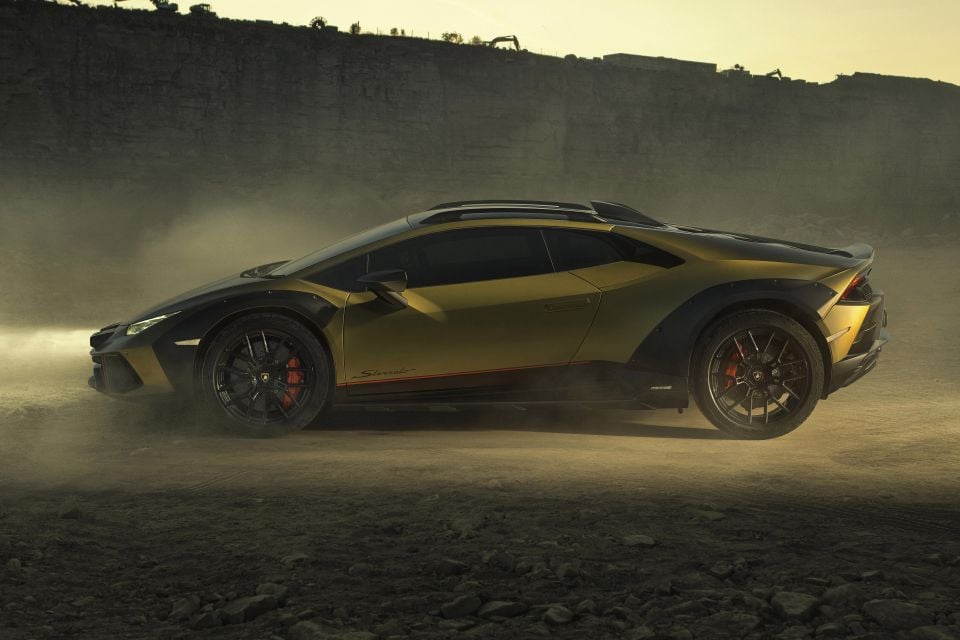
The high-riding Huracan has a number of exterior features that are designed to “emphasise its muscularity”.
There is aluminium front underbody protection, reinforced sills, wheel arch extensions, rear diffuser, rear bonnet-mounted air intake, roof rails, and LED light bars.
On the inside it comes with exclusive Alcantara Verde Sterrato upholstery, and a reworked version of the Human Machine Interface (HMI) with new graphics and new features such as a digital inclinometer with pitch and roll indicator, compass, geographic coordinate locator, and steering angle indicator.
The car has Amazon Alexa integration which allows owners to adjust features such as the air-conditioning, lighting, navigation, phone calls, and music with a voice command.
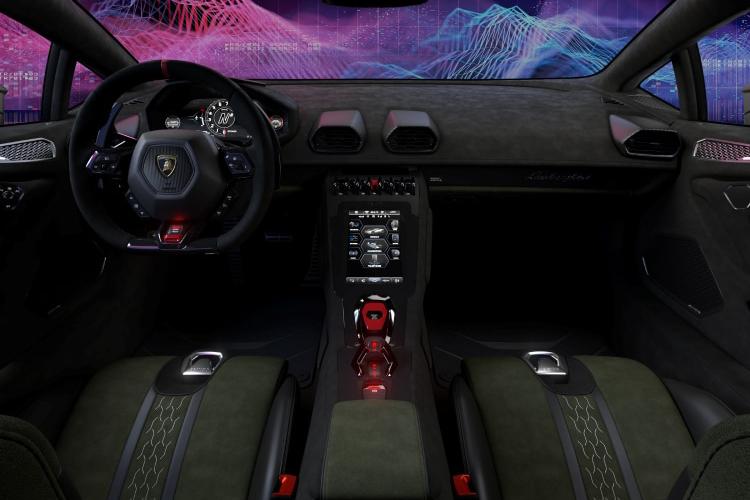
It also has a connected telemetry system that can be interacted with using the Lamborghini Unica app.
This app also allows for remote speed monitoring, sending of a destination to the navigation system, and drive recorder playback, as examples.
The Lamborghini Huracan Sterrato is available in “almost unlimited possibilities” thanks to the carmaker’s Ad Personam program.
There are 350 external paint colours to choose from, as well as over 60 colours for the leather and Alcantara interiors.
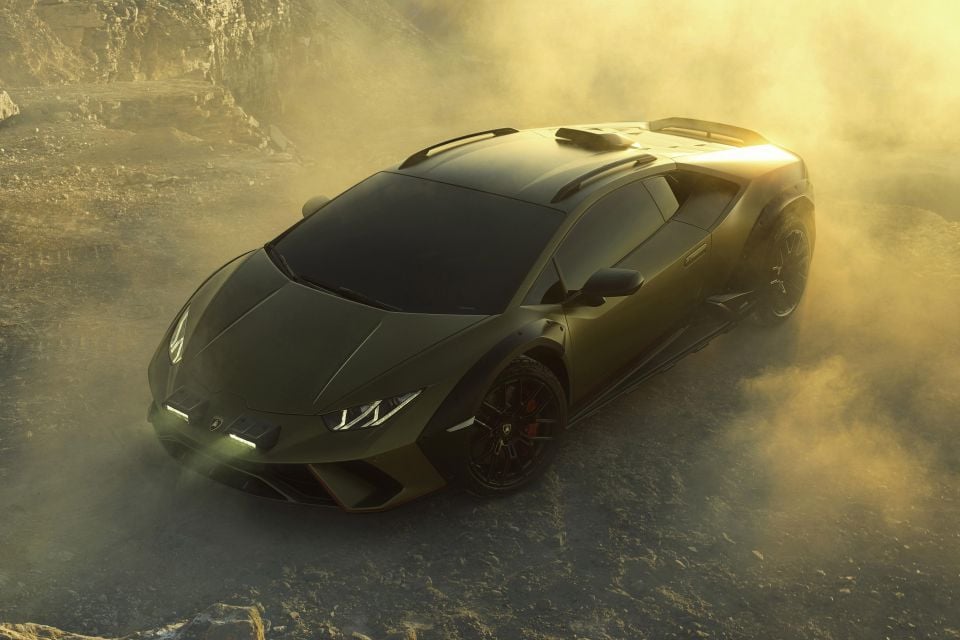
As previously reported, the successor to the Huracan supercar is due in the middle of 2024 with a unique hybrid powertrain and platform.
CarExpert believes the new model will still carry a V10, but it will be an all-new Lamborghini-designed powerplant with a hybrid system.
The new Huracan will follow the V12 flagship hybrid. This will also be joined with the hybrid Urus SUV before the all-electric 2+2 Lamborghini arrives in 2028.
Where expert car reviews meet expert car buying – CarExpert gives you trusted advice, personalised service and real savings on your next new car.
Jack Quick is an automotive journalist based in Melbourne. Jack studied journalism and photography at Deakin University in Burwood, and previously represented the university in dance nationally. In his spare time, he loves to pump Charli XCX and play a bit of Grand Theft Auto. He’s also the proud owner of a blue, manual 2020 Suzuki Jimny.


Damion Smy
49 Minutes Ago


CarExpert.com.au
2 Hours Ago


Ben Zachariah
4 Hours Ago
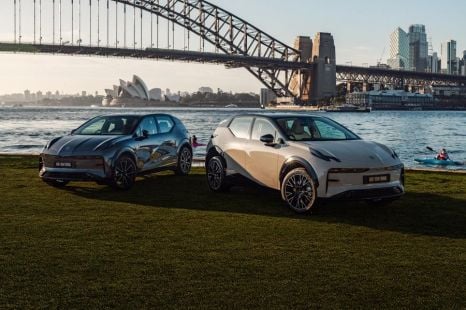

Max Davies
4 Hours Ago


Derek Fung
5 Hours Ago
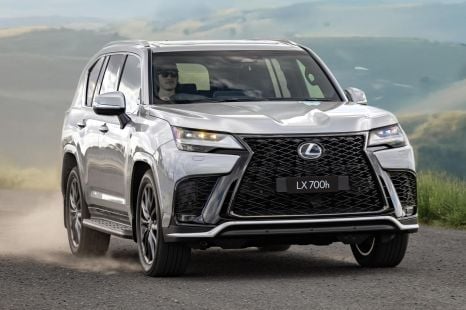

Derek Fung
5 Hours Ago